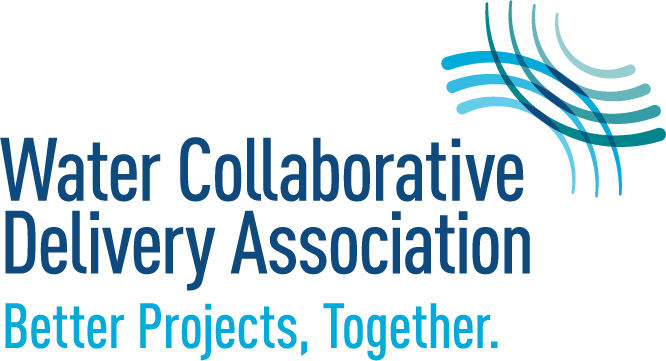Every project starts with optimism. The team is assembled, roles are defined, and goals are outlined. But once the real work begins—when schedules tighten, unknowns emerge, and changes are introduced—the strength of that team is tested. In collaborative delivery, the teams that succeed are the ones that address risk early, communicate openly, and stay aligned through uncertainty.
The real differentiator between average and high-performing teams often isn’t technical horsepower—it’s how the team approaches risk. More specifically, it’s how early risks are surfaced, how openly they’re discussed, and how collaboratively they’re addressed.
Why Risk Matters—And Why It’s Often Misunderstood
Every stakeholder on a project views risk through a different lens. Owners may worry about cost exposure or long-term performance guarantees. Engineers are focused on design liability and scope clarity. Contractors have concerns about unknown site conditions, schedule impacts, or delayed approvals.
The challenge isn’t that these risks exist—it’s that they’re often handled in isolation. But in collaborative delivery, risk mitigation is most effective when treated as a team priority rather than an individual burden. Successful projects find alignment by creating a space where each party can speak honestly about what’s at stake and why it matters.
Transparency Isn’t a Buzzword—It’s a Practice
Transparency in project teams goes beyond reporting dashboards and weekly status updates. It involves creating an environment where concerns can be raised early—before they become cost or schedule impacts. This often starts with how conversations around risk are structured. Instead of burying them in a slide deck or treating them as a formality, strong teams make them part of their working culture. Early-phase risk workshops, open issue logs, and escalation protocols serve as tools to facilitate meaningful dialogue. The most effective teams foster an environment where statements like “This isn’t working” or “We need to look at this differently” are not only accepted, they’re expected.
Working Through Conflict—Not Around It
No project is without its challenges. But how a team responds to those challenges reveals the strength of the partnership.
One of the benefits of collaborative delivery is the flexibility it offers for real-time problem-solving. Instead of defaulting to rigid contract language, project teams are encouraged to resolve issues collaboratively. This includes recognizing when plans need to shift, when solutions fall short, or when project assumptions prove inaccurate.
Conflict itself isn’t the issue; misalignment is. When teams are aligned around shared goals, even difficult conversations become productive. In that environment, risk becomes a collective responsibility rather than an individual liability.
Making Risk Management Part of the Routine
Effective partnerships are reinforced through consistent habits and shared accountability. This is especially true when it comes to tracking, communicating, and mitigating risk throughout the life of the project.
Joint risk registers, routine check-ins, and regular updates are useful tools, but their value depends on consistent engagement. It’s one thing to identify risks at a partnering session; it’s another to actively monitor and manage them week after week. Even informal practices—like opening coordination meetings with a quick “What’s keeping you up at night?”—can prompt early identification of issues and encourage a culture of openness.
The goal isn’t to eliminate risk. It’s to ensure risk has a seat at the table from the start.
Building Teams That Win
Collaborative delivery provides the structure for integrated problem-solving, but it’s the behaviors within the team that make the model successful. A culture of trust, transparency, and shared responsibility turns partnering from a procedural requirement into a strategic advantage.
Risk mitigation in collaborative delivery is most effective when seen as a collective responsibility. When project teams are open, aligned, and proactive, they’re not only better equipped to navigate challenges, they’re positioned to deliver stronger outcomes and forge better partnerships along the way.
A contract may outline the framework, but it’s the day-to-day interactions—the honesty, the accountability, the consistency—that create winning teams.

